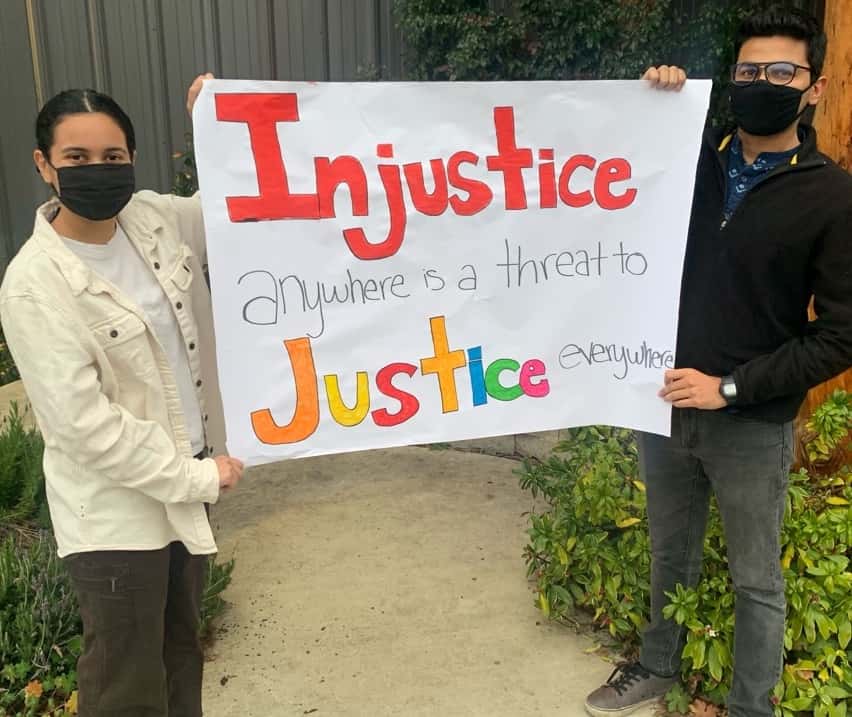
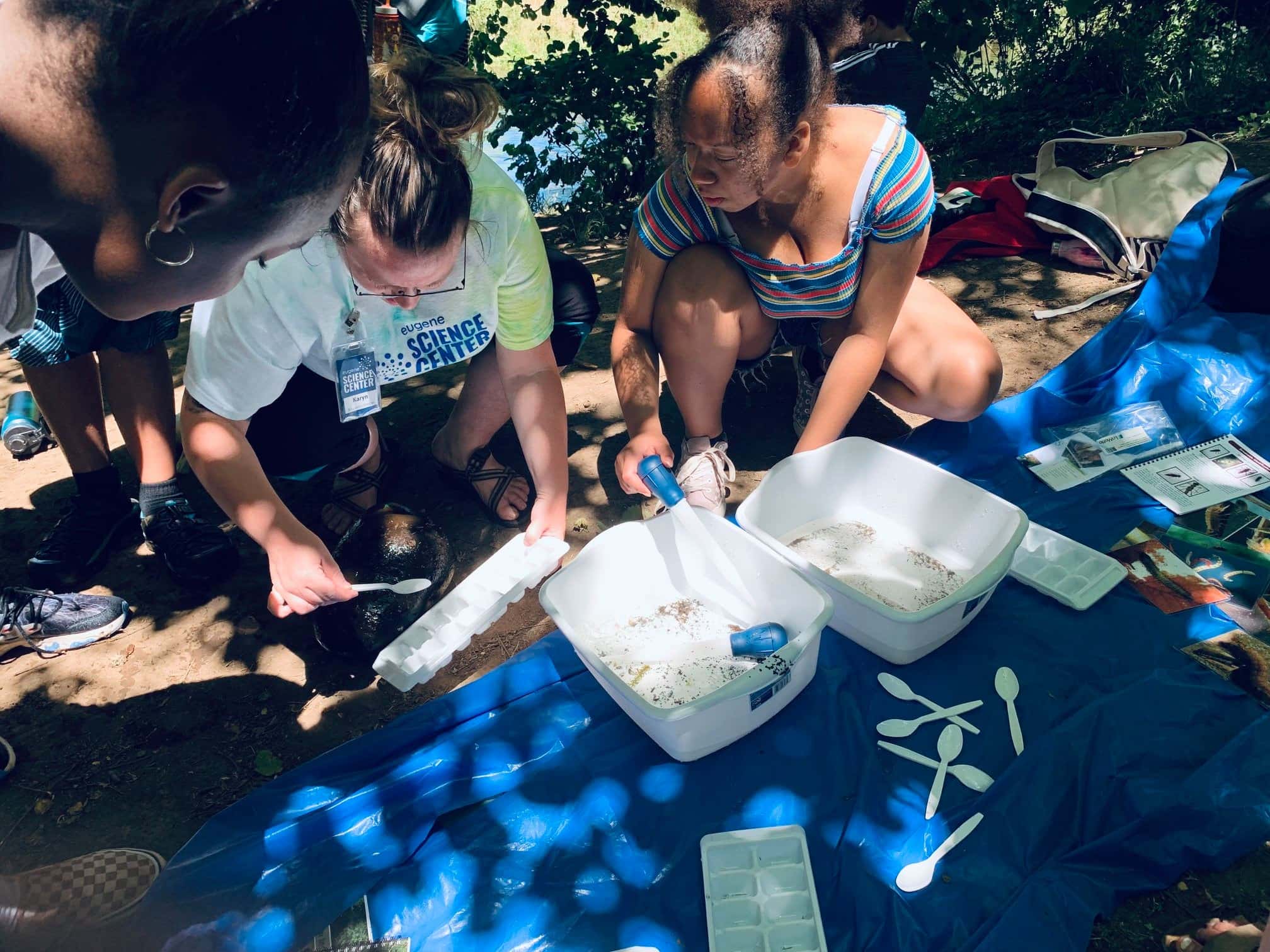
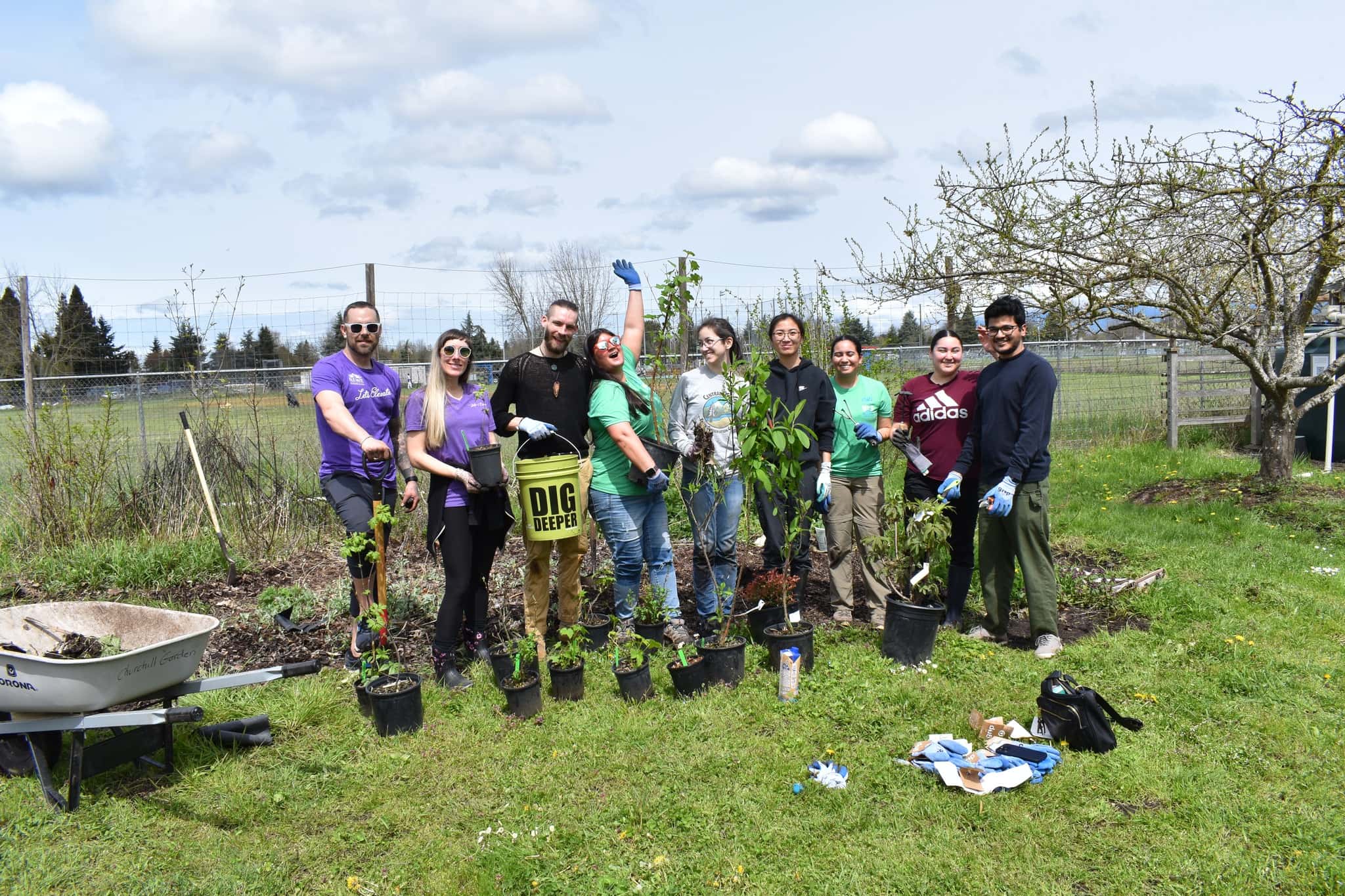

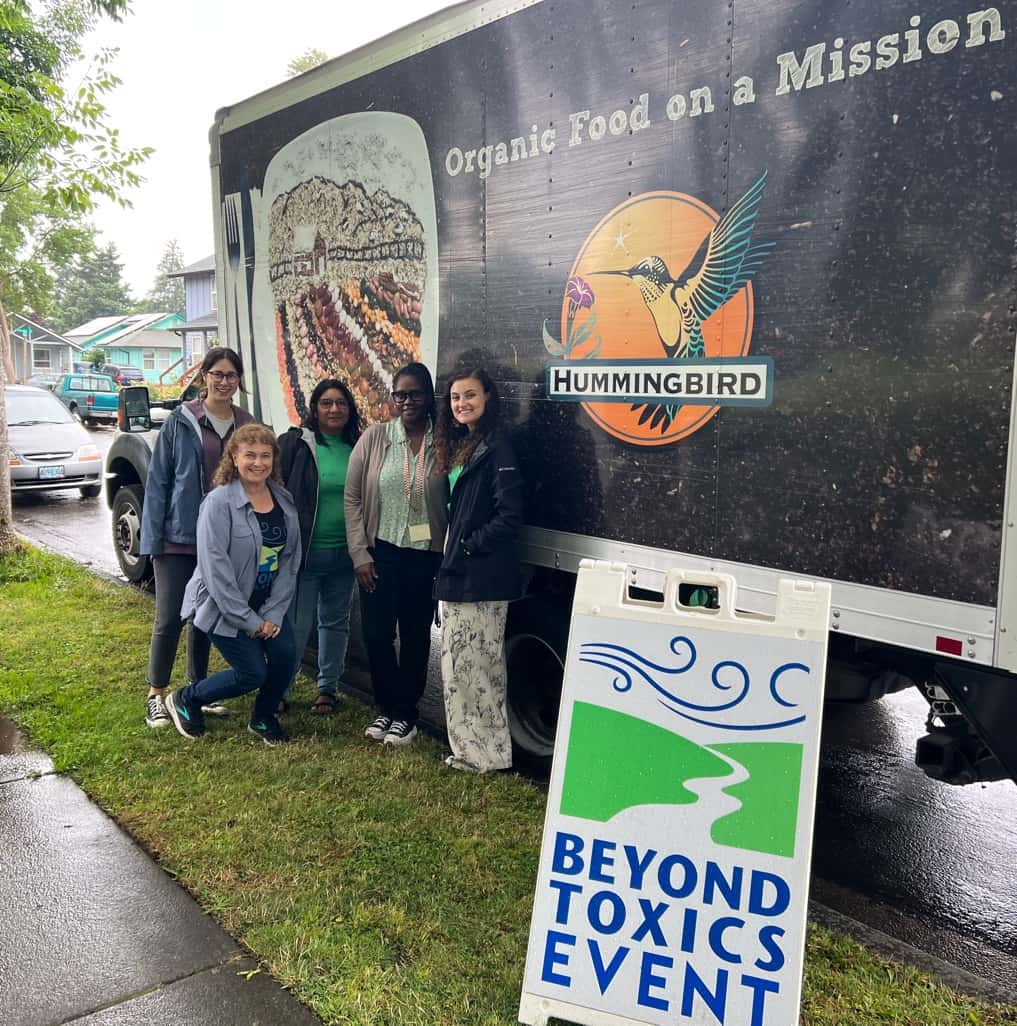
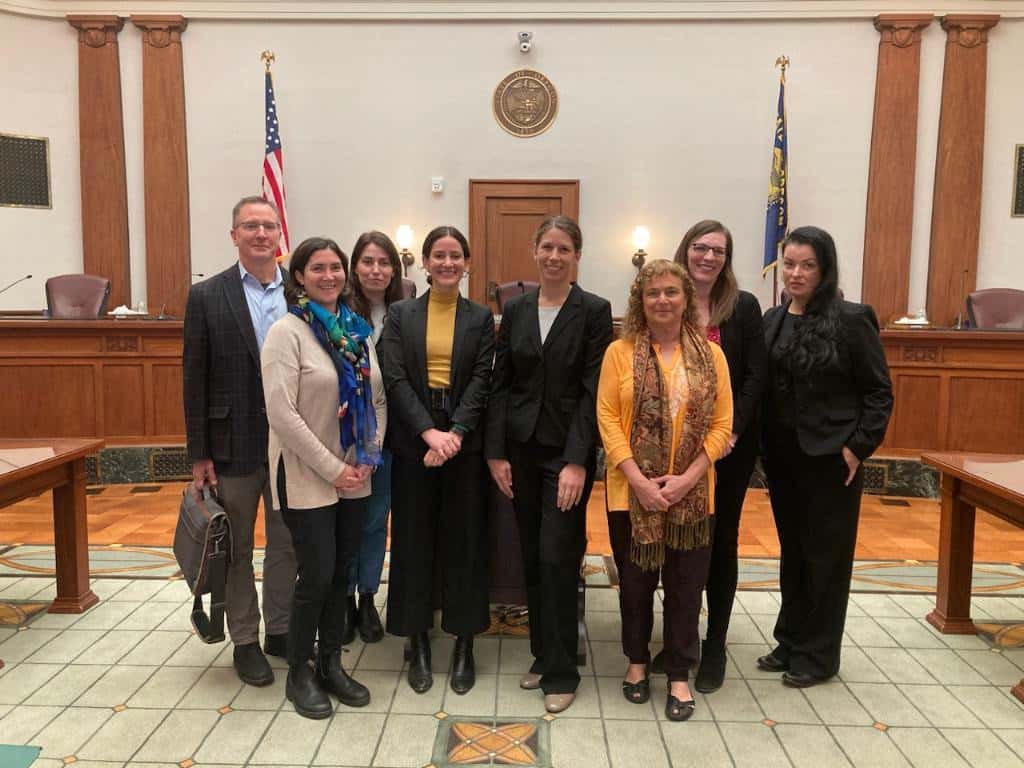

Beyond Toxics
Eugene, OR
In 2021, Climate Nexus launched an Energy Equity Regranting Project to help resource organizations, tribes, and community leaders on the frontlines of climate change and the impactful work they are doing to fight the gas industry. The energy equity transition grants prioritize grassroots groups with an annual budget of $1 million or less to boost their efforts in racially, ethnically, gender, and culturally diverse communities across the United States and at the intersections of public health and energy justice.
In our first year running the program, nine organizations received grants ranging from $20,000 to $40,000, including Beyond Toxics, whose work is detailed below.
Overview
Some climate risks Lane County faces include loss of snowpack and water storage, more significant extreme storms and flooding, more enormous wildfires, increasing incidence of heat waves, disease outbreaks, and dramatic declines of fish, wildlife, and plant species. Fossil-Free Lane County is working to rebut the fracked gas industry (the fastest growing regional greenhouse gas emissions source), educate the public on climate and fossil fuels science with an emphasis on the public health impacts of GHG and co-pollutant emissions, and advocate for building electrification and renewable energy projects within the Just Transition framework.
Activities
Over the past few months, Beyond Toxics has worked with GIS specialists to map methane gas station locations, aerial pesticide applications, and more. They have mapped out air pollution data in Lane County using two data sets from Lane Regional Air Protection Agency (LRAPA). LRAPA requires certain facilities to report their greenhouse gas (GHCs) emissions and hazardous pollutants. Combining the two data sets in one display helps to see where the most toxic polluters regularly emit the most GHGs contributing to climate change.
On the map, you can differentiate the two data sets by size and color. First, the symbol’s color shows human health risks from cancer and other serious diseases (red and purple being the most toxic and yellow and orange being the least toxic).
The total risk is the probability per million people that a person will develop a chronic health condition, such as asthma, or an acute health condition, such as a heart attack. Second, the circle size shows how much a GHG facility emits. The large number of triangle shapes indicates industrial polluters are not required to report their GHG emissions. The map shows that the biggest emitters of air toxins are also some of the biggest contributors to CHGs.
Visualizing the relationship between toxic polluters and GHG sources provides critical insight into the meaning of a “sacrifice zone.” Beyond Toxic’s mapping project reinforced their advocacy efforts that Oregon needs stronger policies that monitor air toxins and GHGs. In particular, the need for data to close the data by requiring all polluters to report GHG emissions.
Lessons Learned
Beyond Toxics has found it challenging to get impacted communities to engage because of everything happening in the world competing for their attention (e.g. COVID, gun violence, racial equity, etc.) They are committed to keeping the fight going, with the understanding that people have to prioritize these crises, and meeting them where they are.
Future and Sustainability
Beyond Toxics plans to continue its work at the state level. They are on the steering committee of the Oregon Just Transition Alliance, and there are several training workshops and retreats in the pipeline designed to bring more young people into the advocacy efforts. As an organization, they are also pursuing a Green New Deal approach to climate and economic equity in the state, which has everything to do with how energy is delivered.
In addition, Beyond Toxics introduced a bill during the last session of the Oregon State Legislature to require the inclusion of climate in all of the state’s land use laws. Oregon is unique because it has a set of land use laws that has enabled the state to stay beautiful and preserve farmland and forest lands from sprawl. But now, there is an excellent opportunity to continue maintaining Oregon’s wild places and use those natural resource lands for carbon sequestration.
Finally, Beyond Toxics is exploring the issue of water justice. The organization believes that not far into the future, there will be water wars because of drought; with the need for electrification, which currently in Oregon is primarily hydroelectric, how is the state going to prepare when there’s not enough water to run the dams that run the turbines? What are they going to do? How will they defend getting off fossil fuels if the state can’t even run a turbine? So, they want to move toward water justice to ensure low-income BIPOC families have access to clean water.

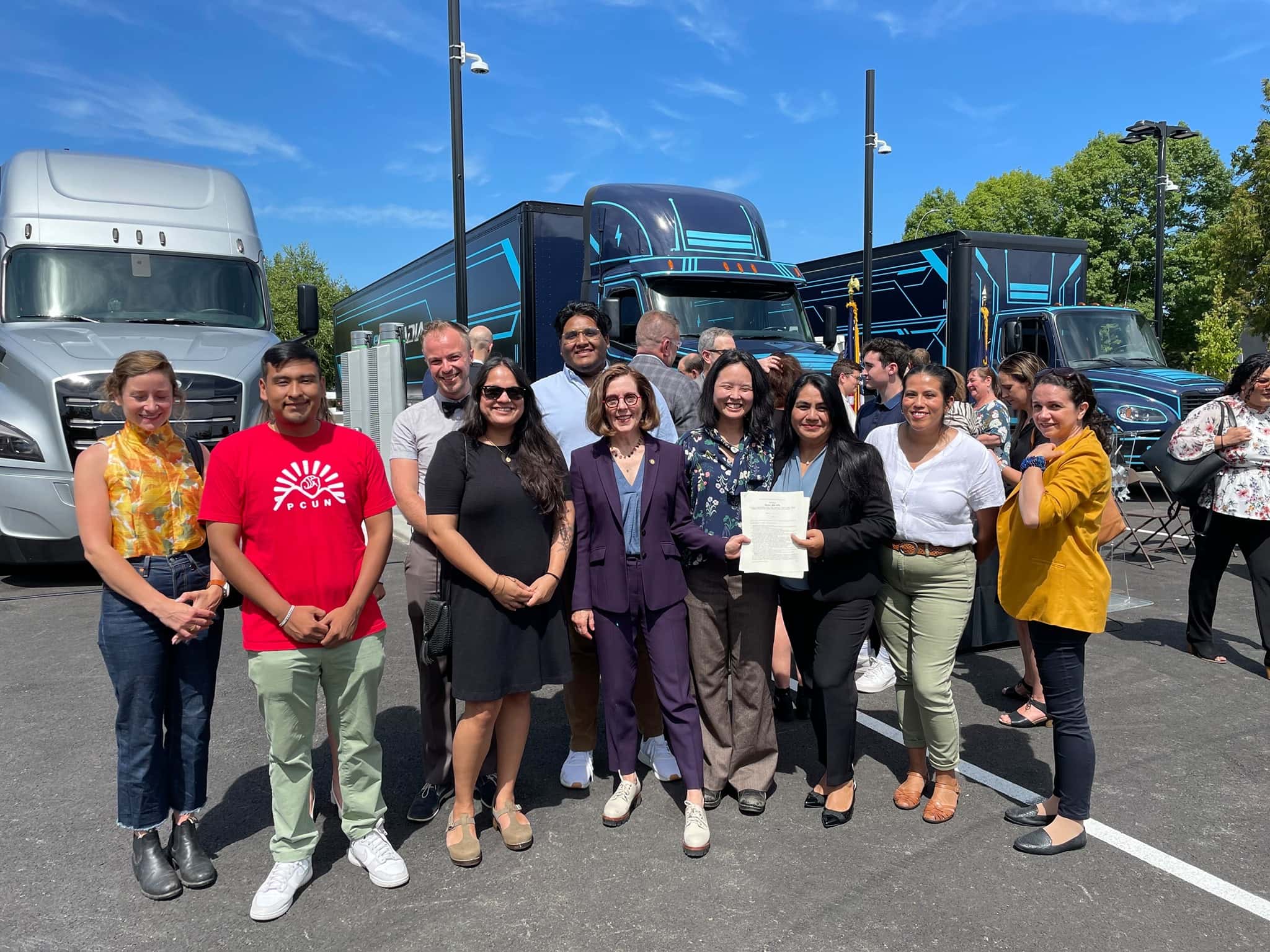


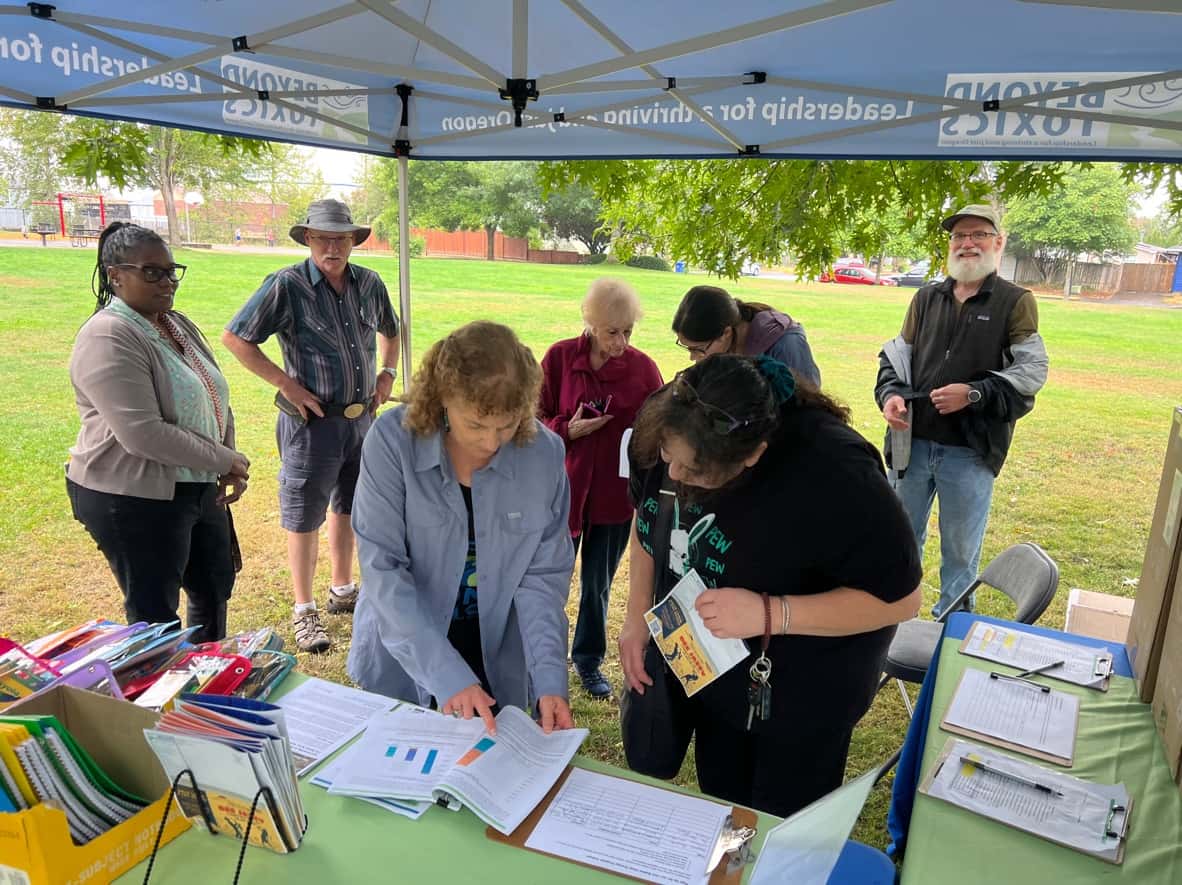



Filter Grantees by Year:
-
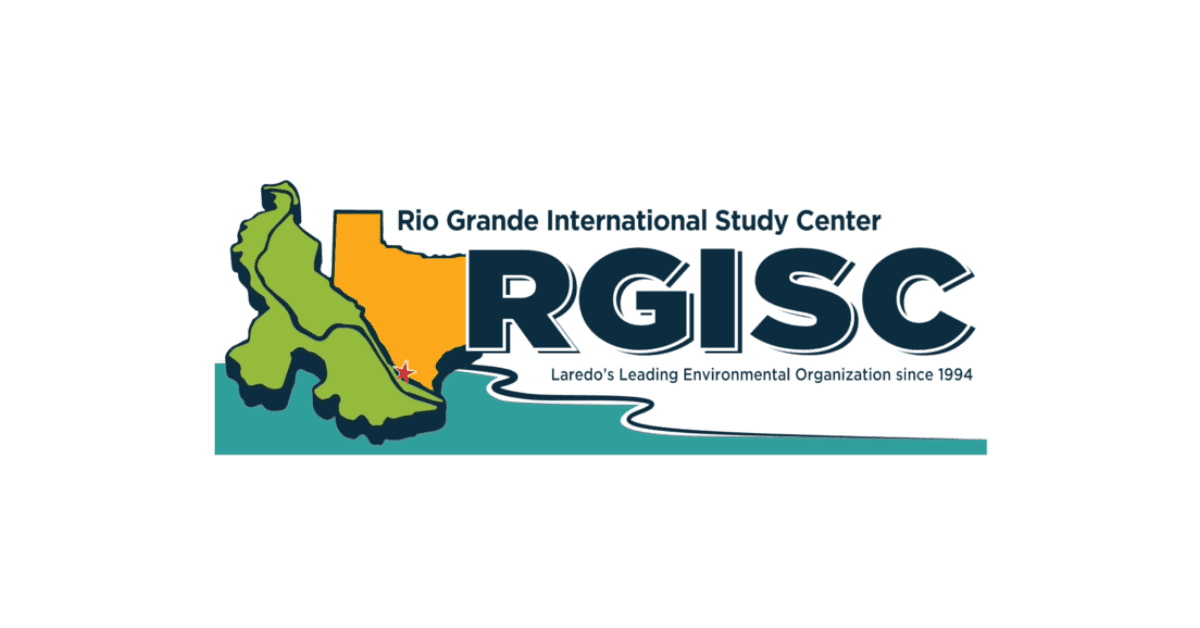
Rio Grande International Study Center
RGISC conducts independent research and community education to steward the environmental preservation and restoration of the Rio Grande Basin.
-

Mississippi Communities United for Prosperity
MCUP is examining the feasibility of Duck Hill developing a solar and wind park to convert the town to 100% electric and renewable energy.
-

Miami Climate Alliance
The Miami Climate Alliance works across three areas: climate and health, energy justice, and advancing The Gulf South for a Green New Deal.
-

South Carolina Interfaith Power and Light
SCIPL develops programming and resources around food insecurity, high energy bills, electric vehicle infrastructure, and resilience hubs.
-

Beyond Toxics
Beyond Toxics is fighting the fracking industry, educating Lane County residents on climate and fossil fuels, and advocating for renewable energy projects.
-
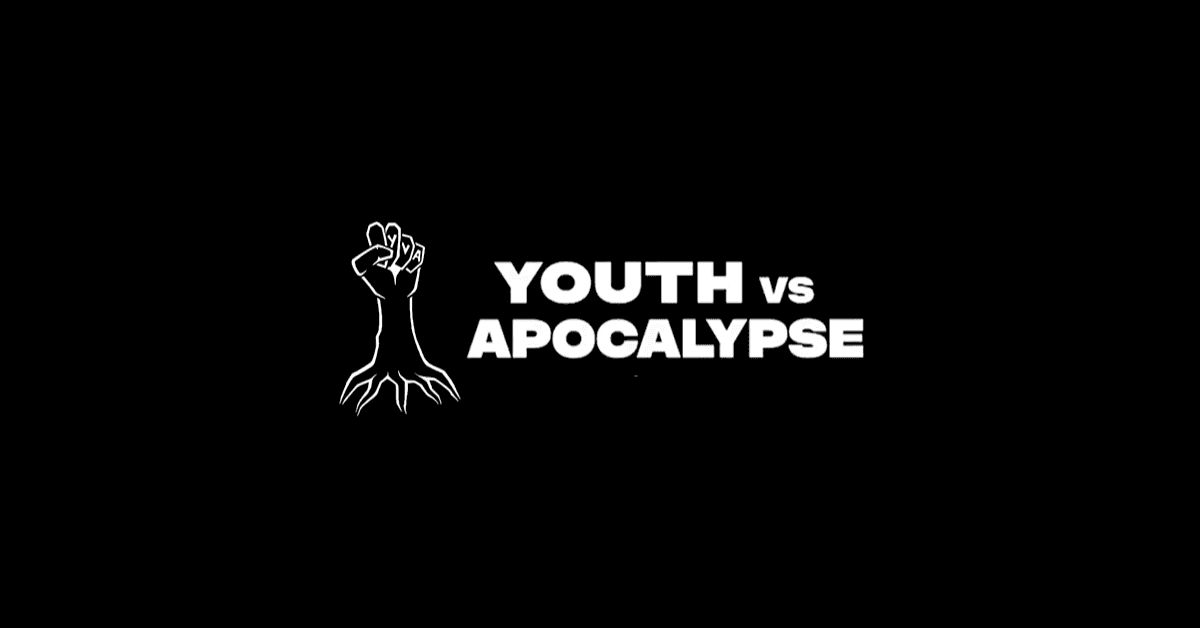
Youth vs The Apocalypse (YVA)
YVA uses Zoom to both build community and practice key leadership skills from strategic planning to giving interviews to social media strategies.
-

Carrizo Comecrudo Tribe of Texas
The Carrizo Comecrudo Tribe travels throughout Texas, monitoring pipelines, disposal wells, ongoing border wall construction, and fracking/flaring violations.

